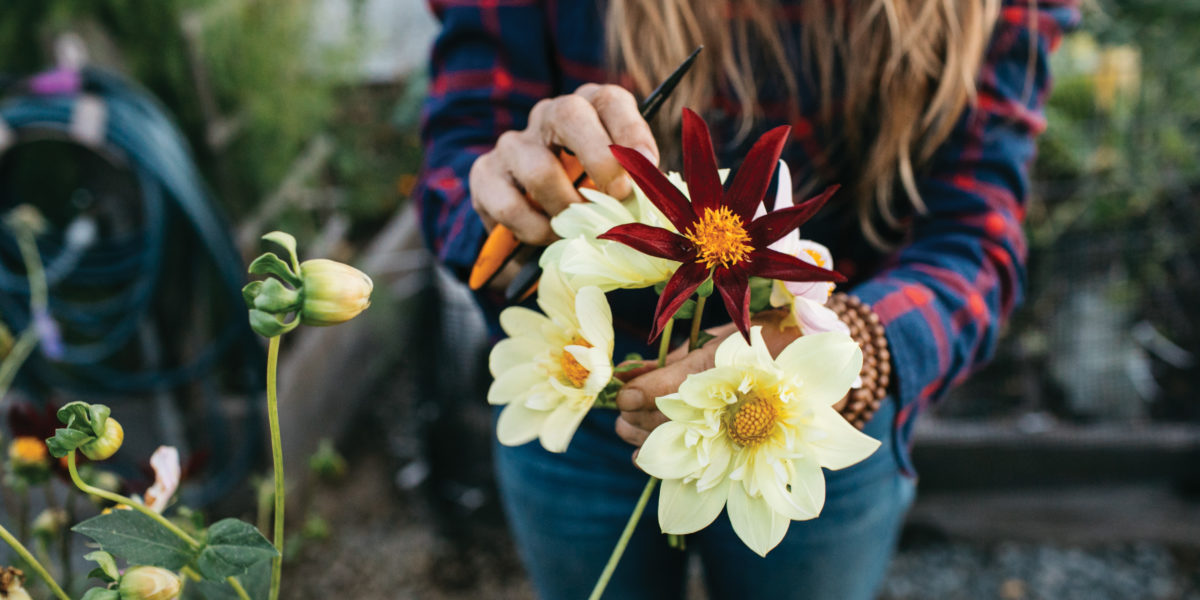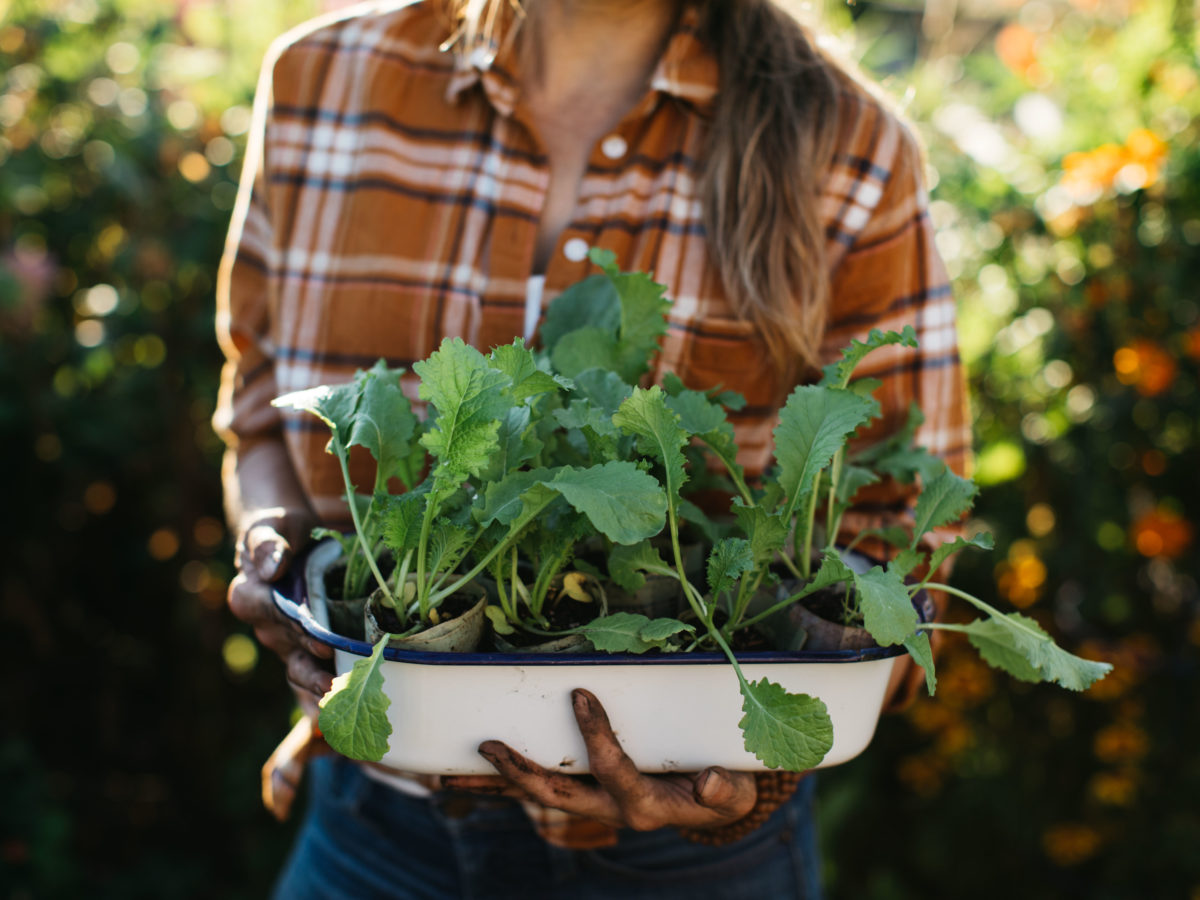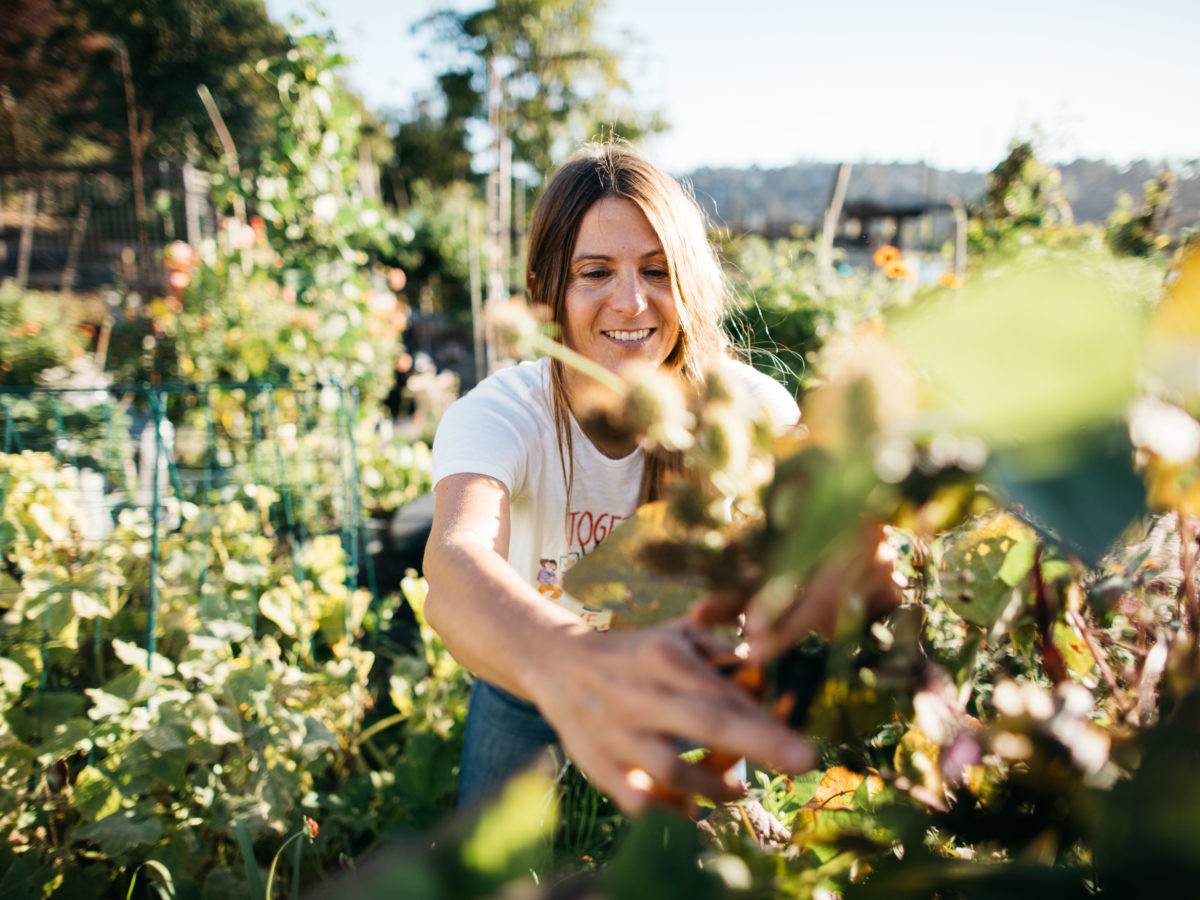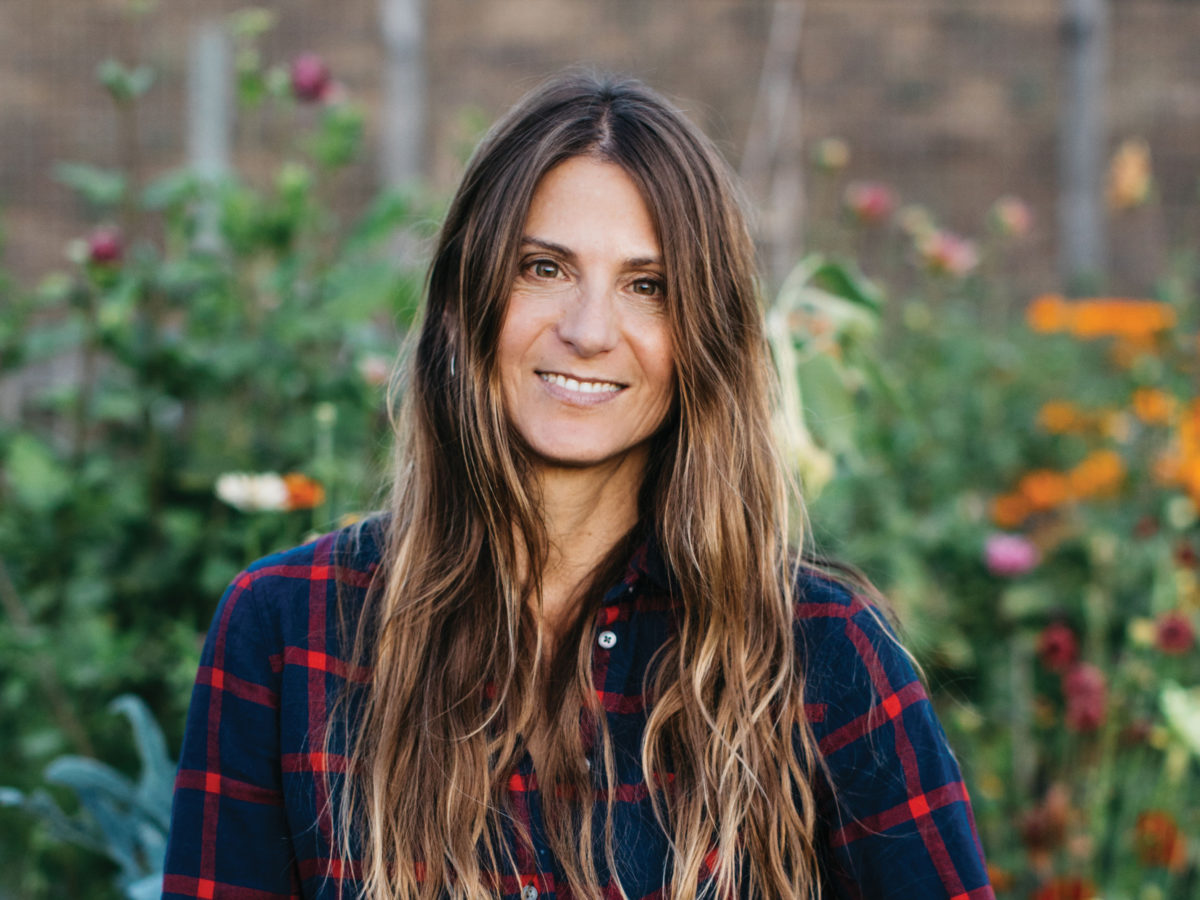
Warmer Weather Is Around the Corner: Your February and March Garden Checklist
What to do in your garden now—no matter where you are in the West.

Grow Now author Emily Murphy grows dahlias with single whorls of petals. The flowers benefit pollinators while attracting bees to vegetable garden beds. Photo courtesy of West Cliff Creative.
Living in the West means gardens are dormant for only a short period of time, if at all. It’s not too early to get yours ready for spring. Now’s the time to choose new plants and give the old ones a bit of love to make sure they’re ready for the growing season.
Prep
Before planting, soak peas in damp paper towels until they start to sprout; then plant.
Use care when choosing indoor plants for a household with small children, dogs, or cats, as many common types can be toxic when eaten or chewed. Among those to pass up are dieffenbachia, English ivy, pothos, Sago palm, sansevieria, and ZZ plant.
Plant

Courtesy of West Cliff Creative
Choosing vegetables starts at the nursery. The best plants have at least five or six leaves, should not look leggy and stretched out, and have not yet started forming fruit. Make sure the roots aren’t heavily matted at the edge of the pot.
As the weather warms, grow mint in a pot in a sunny window. Turn the pot once a week and trim new growth regularly. Water often enough to keep the soil moist.
Maintain

Courtesy of West Cliff Creative
Prune away frost-damaged leaves and stems once your garden’s last frost date is past.
Check drip-irrigation lines for kinks and clogs. Run the system for a few minutes, paying close attention to which emitters are not working. Straighten lines and use a pin or needle to free any trapped grit in emitters.
Building raised beds? Instead of using a 2-by-12 for each side, use two 2-by-6s. The technique minimizes warping that follows when the side facing the moist soil swells and the air side stays dry.
Refresh houseplants with a shower. On a warm day, take them outside and rinse their leaves (making sure to get the undersides as well) using a hose-end sprayer on a gentle spray setting. Before returning them indoors, allow plants to dry in a shaded area, protected from direct sunlight.
Let’s Get Growing

Courtesy of West Cliff Creative
Pass the Pistil blogger Emily Murphy’s new book, Grow Now, is a fresh and in-depth look at how to re-wild your garden in ways that will benefit not only you but the planet as well. And we’re not talking about mere organic composting, either. Grow Now is chock-a-block with tips on how to wild-ify land in the suburbs and the city, sequester carbon with no-dig gardening, and provide critical support to biodiversity.
“We can address the climate crisis and species extinction through the simple act of growing,” Murphy says. “These are really big topics, and for some people they can be scary,” she adds. “But this is a place to find hope and action.” We couldn’t agree more. Read on for a small excerpt from the book, where Emily shares one small change you can make in your garden that can help to prevent carbon build-up.
Make Your Own Peat-Free Potting Mix
Peat moss is often found in potting mixes, but peat bogs store at least a third of the world’s soil carbon. Meanwhile, it can take up to 1,000 years to grow little more than a yard deep, says Murphy.
To make your own planet-friendly potting soil, mix together two parts coconut coir, one part organic compost, and one part rice hulls, which are a carbon-rich and sustainable substitute for perlite. (You can find them at landscape supply stores or, as Murphy recommends, ask your garden center to order them for you.) Use your mix for all your potted plants.
—Adapted from Emily Murphy’s Grow Now ($27.95) from Timber Press. Learn more at passthepistil.com.
